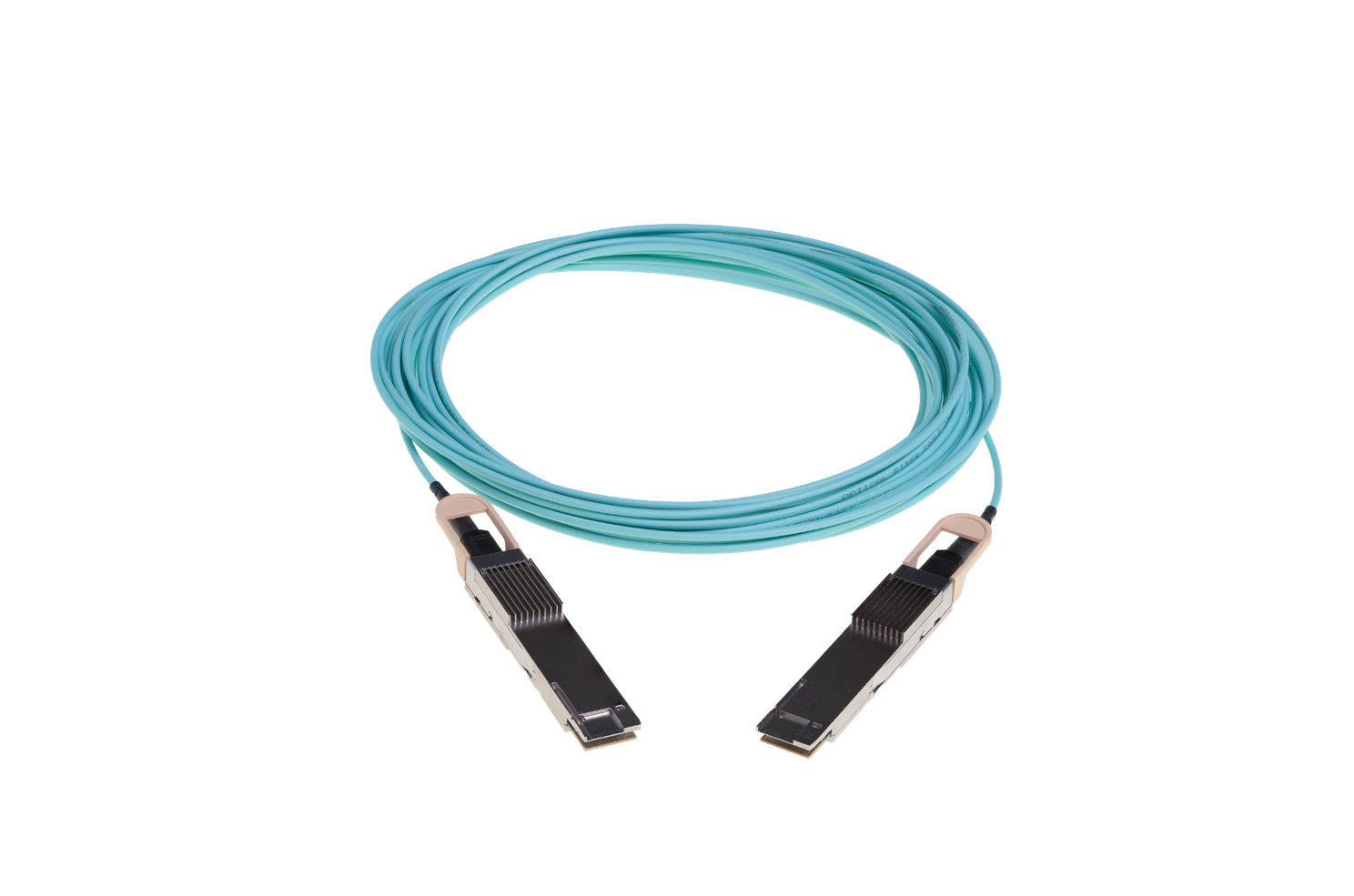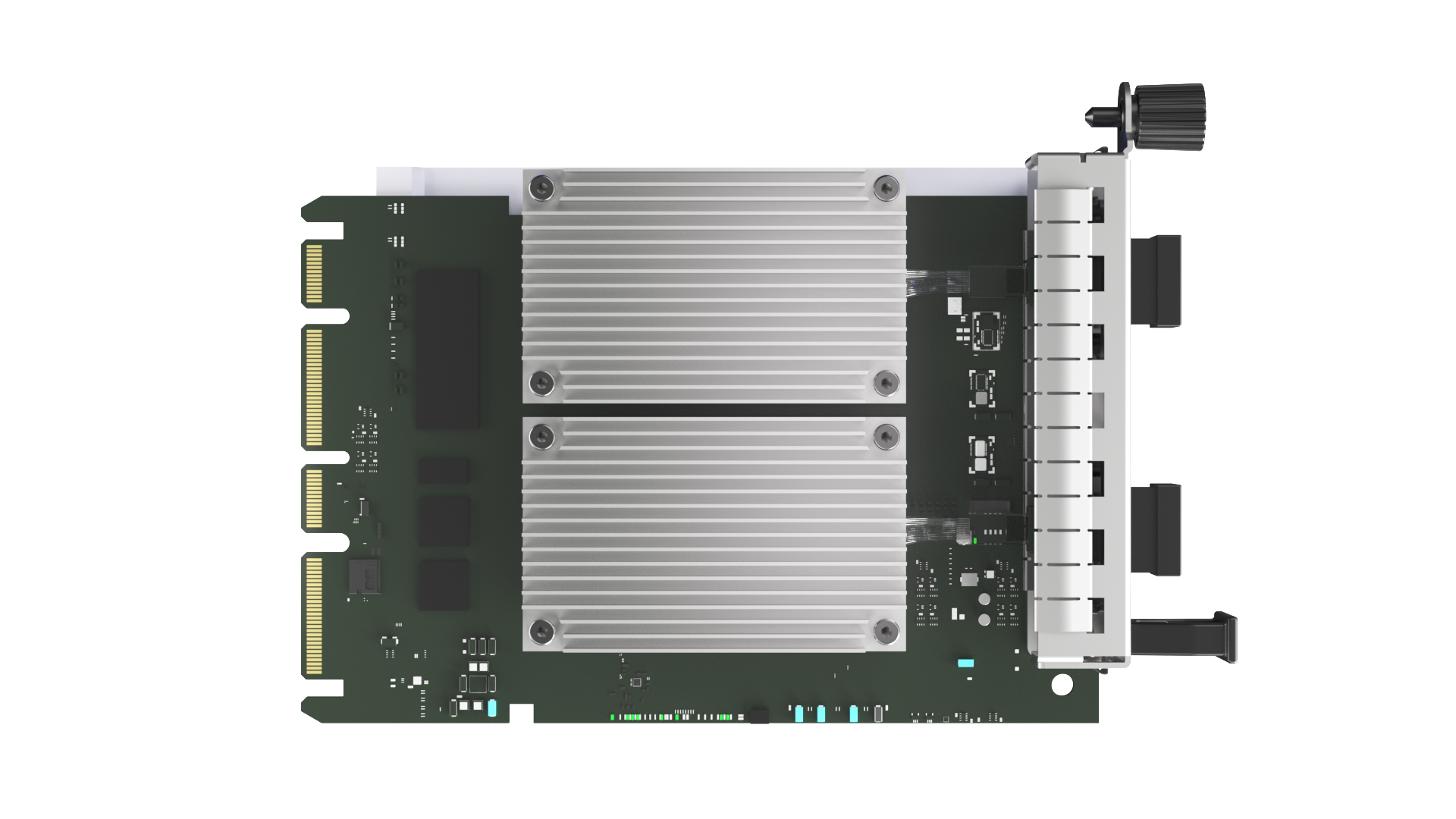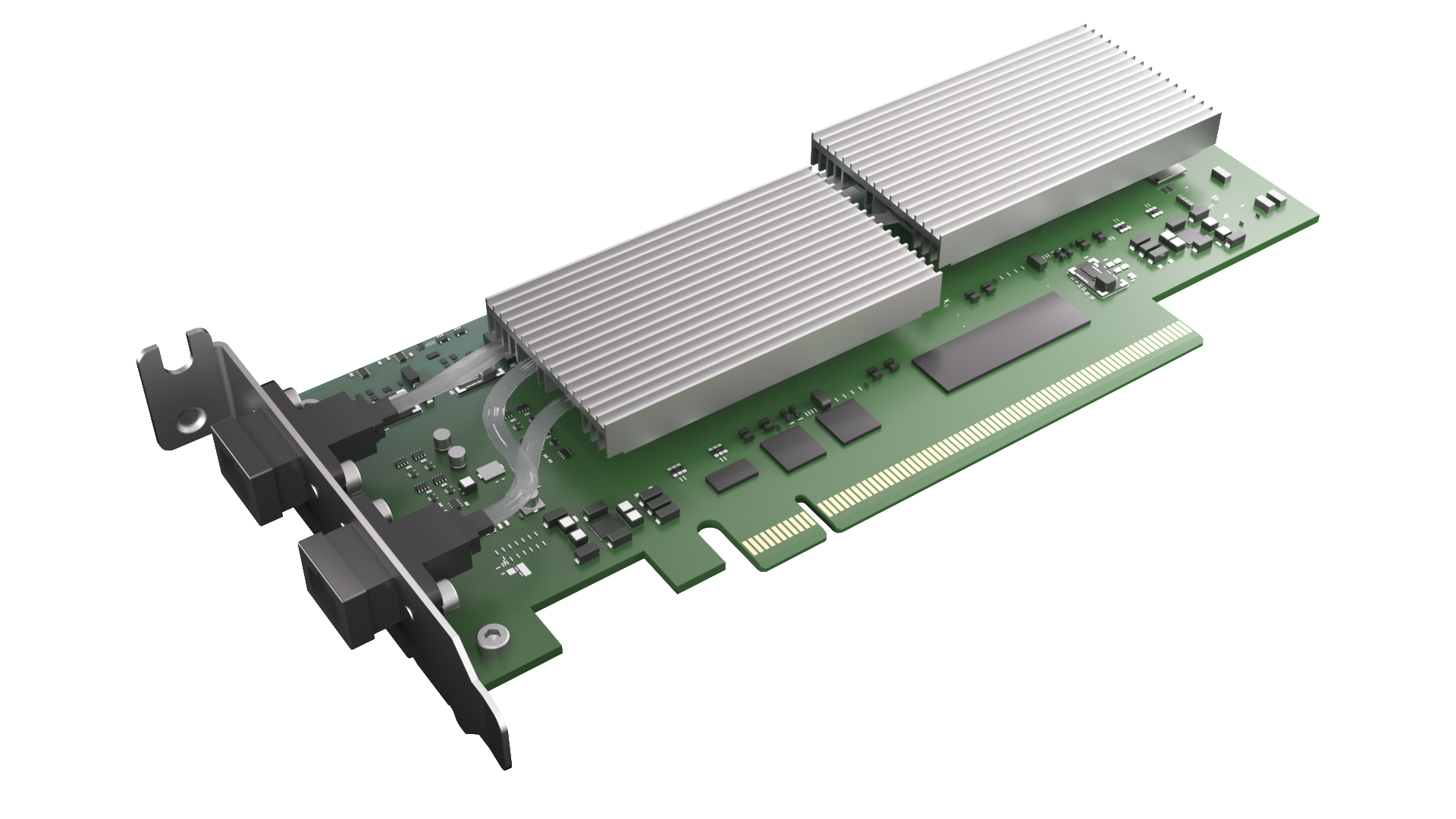AI at the Speed of Light
Photowave™ optical communications hardware is designed for disaggregated AI memory applications compatible with PCIe 5.0/6.0 and CXL 2.0/3.0. Leveraging the significant latency and energy efficiency benefits of photonics, it enables data center managers to scale resources within or across server racks.
Request Documantation

Form Factors
Case Study: Memory Expansion for Text Summarization
At Flash Memory Summit 2023 in Santa Clara, California, Lightelligence demonstrated the benefits of memory expansion using CXL to improve workload efficiency for Large Language Model OPT-66B, an AI model used for text summarization. Using two Photowave™ PCIe cards to connect an AMD Genoa server and Samsung Memory Expansion Module, CXL memory expansion over optics demonstrated a 2.4x throughput advantage compared to SSD/NVMe disk offloading with performance remaining constant.
AI Workload:
OPT-66B
GPU:
NVIDIA A10
Server:
2U Supermicro
Memory Expansion:
Samsung CXL 128GB
CPU:
AMD Genoa
Software:
MemVerge MemoryViewer

OPT-66B MODEL PROGRESS 99%
Decode throughput was higher for optical CXL memory, resulting in a 2.4x faster time to
completion.

Performance of the CXL Memory Offload remained constant while Disk / NVMe deteriorated.

Decode throughput was higher for optical CXL memory, resulting in a 2.4x faster time to completion.














